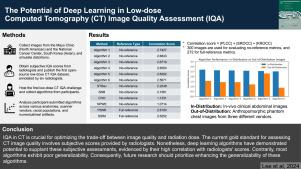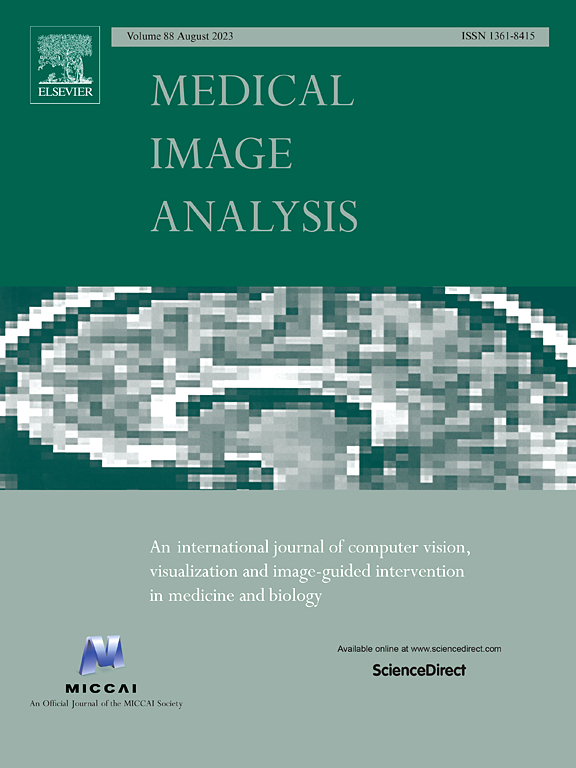Low-dose computed tomography perceptual image quality assessment
Abstract
In computed tomography (CT) imaging, optimizing the balance between radiation dose and image quality is crucial due to the potentially harmful effects of radiation on patients. Although subjective assessments by radiologists are considered the gold standard in medical imaging, these evaluations can be time-consuming and costly. Thus, objective methods, such as the peak signal-to-noise ratio and structural similarity index measure, are often employed as alternatives. However, these metrics, initially developed for natural images, may not fully encapsulate the radiologists’ assessment process. Consequently, interest in developing deep learning-based image quality assessment (IQA) methods that more closely align with radiologists’ perceptions is growing. A significant barrier to this development has been the absence of open-source datasets and benchmark models specific to CT IQA. Addressing these challenges, we organized the Low-dose Computed Tomography Perceptual Image Quality Assessment Challenge in conjunction with the Medical Image Computing and Computer Assisted Intervention 2023. This event introduced the first open-source CT IQA dataset, consisting of 1,000 CT images of various quality, annotated with radiologists’ assessment scores. As a benchmark, this challenge offers a comprehensive analysis of six submitted methods, providing valuable insight into their performance. This paper presents a summary of these methods and insights. This challenge underscores the potential for developing no-reference IQA methods that could exceed the capabilities of full-reference IQA methods, making a significant contribution to the research community with this novel dataset. The dataset is accessible at https://zenodo.org/records/7833096.


 求助内容:
求助内容: 应助结果提醒方式:
应助结果提醒方式:


